Disseminated Herpes Zoster
Disseminated herpes zoster is one of the most severe complications of shingles. It does not affect all the patients but if it occurs it leads to serious problems.
In non-complicated shingles the skin changes i.e. painful blisters only affect one part of the skin innervated by a single spinal nerve. This part of the skin is called dermatome. In disseminated form of the disease the virus spreads and affects more than one dermatome. This is why larger portions of the skin are covered in skin lesions. We can talk about dissemination of herpes zoster only if there are at least 20 skin lesions that develop separately outside the affected dermatome.
Since herpes zoster affects immunocompromised people and those whose immune system does not function properly it is clear that this complication of shingles is actually induced by insufficient reaction of the immune system. These patients include HIV patients and those who are suffering from cancers. Apart from the skin in disseminated form of the disease even internal organs such as the liver or the brain may be affected by the blisters which only make the situation worse. Disseminated Herpes Zoster is a significant cause of mortality in patients who are immunocompromised.
- Incidence of herpes zoster was mainly in the fourth and third decades of life.
- A definite history of chicken pox was present in only 63.4% cases.
- In the majority (70%) herpes zoster occurred spontaneously.
- In 30% cases, immunosuppression due to chemotherapy, malignancy, HIV infection, diabetes mellitus were observed.
- The commonest segment affected was thoracic (42.4%) followed by cranial (28.2%) and cervical (12.1%).
- Majority resolved in 7–14 days except immunosuppressed.
- 34.6% of the patients had complications such as secondary bacterial infection, post herpetic neuralgia, and motor weakness.
- Ten patients had HIV infection as a provocative factor.
Signs and Symptoms of Disseminated Herpes Zoster
Apart from skin lesions which are shaped as a belt the patient may have additional blisters near the affected dermatome. Furthermore, patients complain about intensive pain and itching of the affected skin. They most commonly develop fever and suffer from headaches.
Increase in pain and prolonged pain can point to the occurrence of postherpetic neuralgia. Disseminated form of the diseases may include affection of the meninges and this may result in seizures. If the ophthalmic branch of trigeminal nerve is affected a patient may suffer from severe damage of the eye.
Treatment for Disseminated Herpes Zoster
The doctors need to react promptly and start with the treatment straight away. It is also important to estimate which organs have been affected.
Patients are routinely administered antiviral agents. These medications are basically administered after the onset of shingles. The goal of this therapy is to prevent further multiplication of the virus and further complications of the disease. Antiviral medications can be partially responsible for alleviation of pain.
The pain in disseminated form of the disease is treated with tricyclic antidepressants, capsain, topical anesthetics, and ant-seizure medications.
Specific therapy is applied according to the organs that have been affected by the virus. And finally, specific care of skin lesions is essential as this may prevent possible bacterial superinfection.


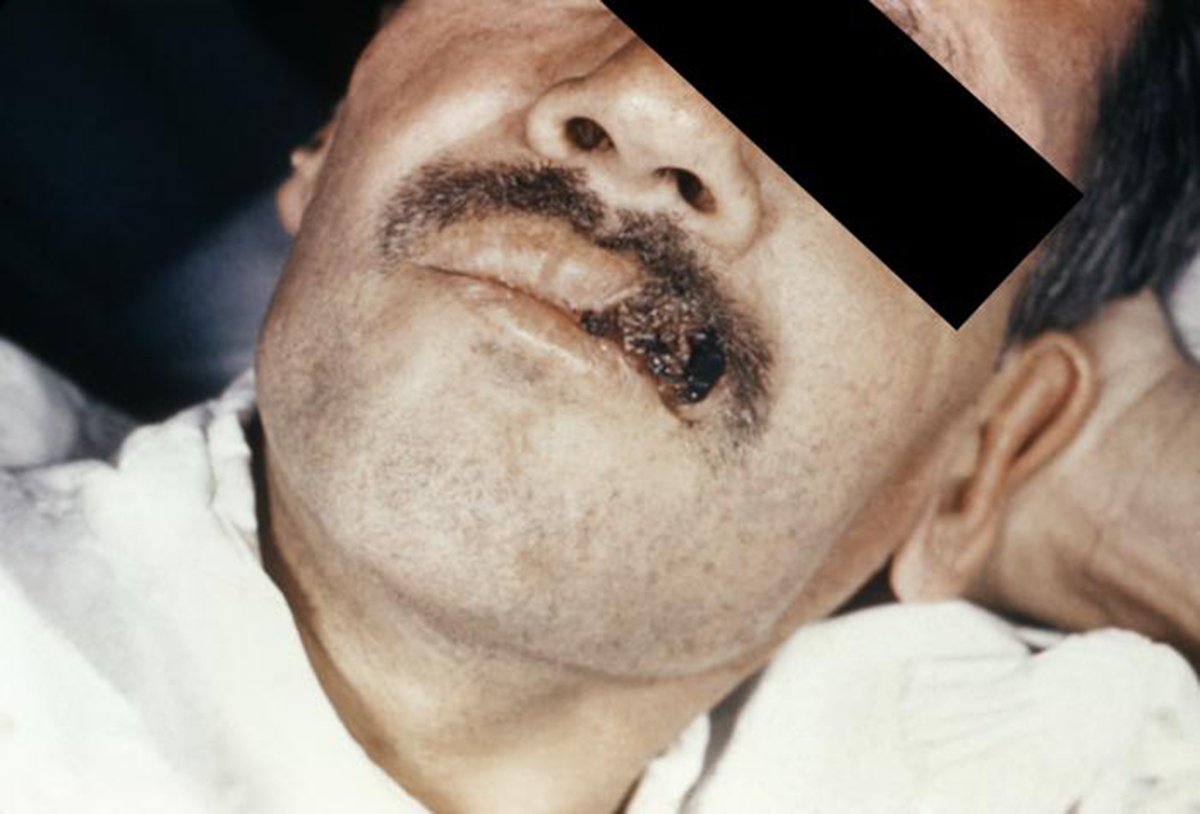


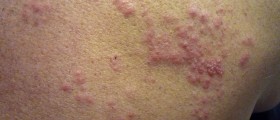





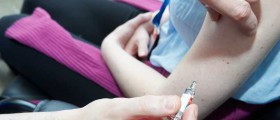
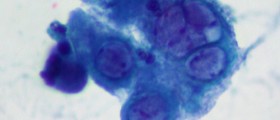

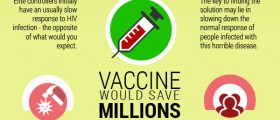



Your thoughts on this
Loading...